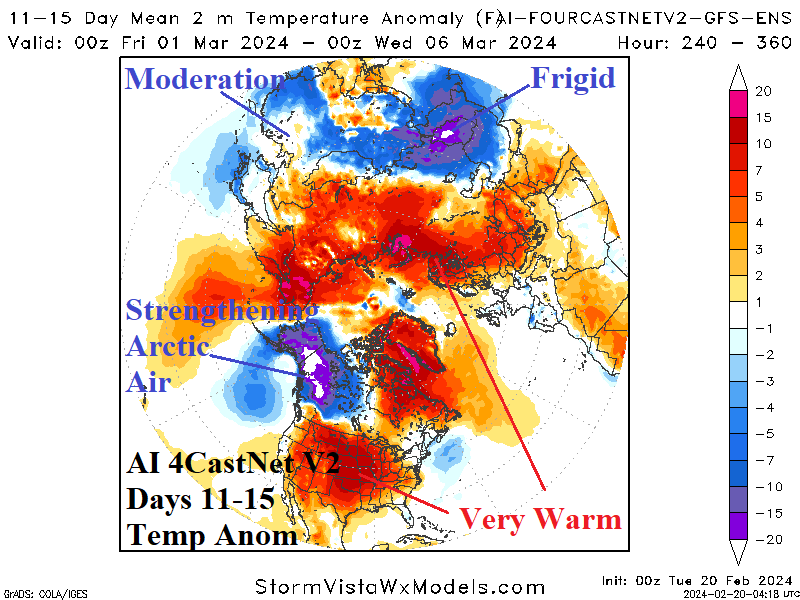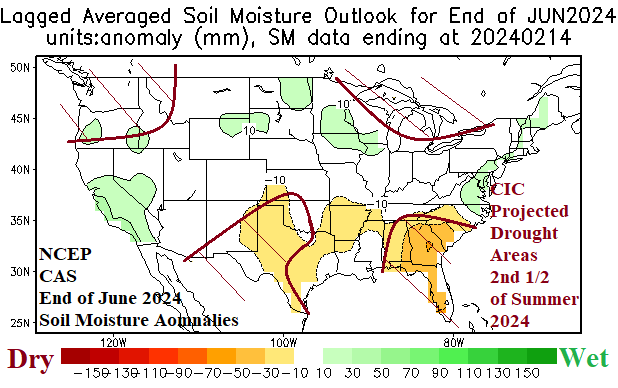
Late Summer 2024 Drought For The Southeast U.S. Including Florida and Texas
02/15/2024, 7:43 pm EST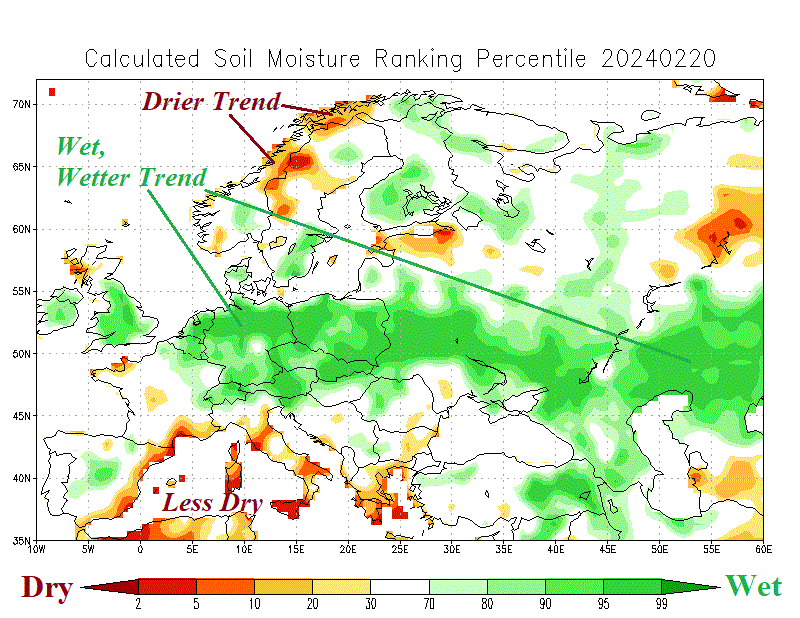
Current Global Soil Moisture Conditions
02/22/2024, 8:03 am EST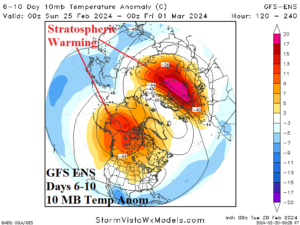

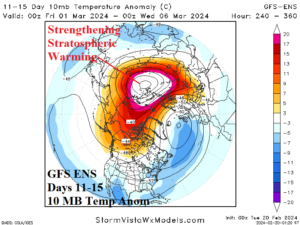

Fig. 1-4: GFS ENS forecasts stratospheric warming in the medium range (left) as AI 4Cast Net V2 shifts cold air southward in Asia while generating new arctic air in northwestern North America.
Discussion: Much of winter 2023-24 has featured stratospheric warming events. Robust stratospheric warming is present and stretched across Siberia to northern North America. At ground level this week, a gigantic arctic air mass is located across Southern and Northeastern Russia extending south into Central Asia and southeastward into China. In the 6-10-day period, the warming stratospheric event splits between northwestern North America and Eastern Eurasia (Fig. 1) according to GFS ENS. At ground level, using the new AI FORECASTNET V2 (model) available through CWG/Storm Vista Weather Models, the cold air spreads across China and southward through Kazakhstan and into Iraq and Iran (Fig. 2). In the 11-15-day period, GFS ENS reorganizes the relentless stratospheric warming in the polar region (Fig. 3). At ground level, AI FORECASTNET V2 is strengthening a new arctic air mass across Alaska and Western Canada while Kazakhstan, Iraq, and Iran are colder (Fig. 4). The China cold air regime weakens. Not unusual when arctic air is present in the northern hemisphere, areas not exposed to the chill are exceptionally warm including the U.S. and Europe into early March.
![Climate-Impact-Company-logo-sm[1]](https://climateimpactcompany.com/wp-content/uploads/2023/08/Climate-Impact-Company-logo-sm1.png)
